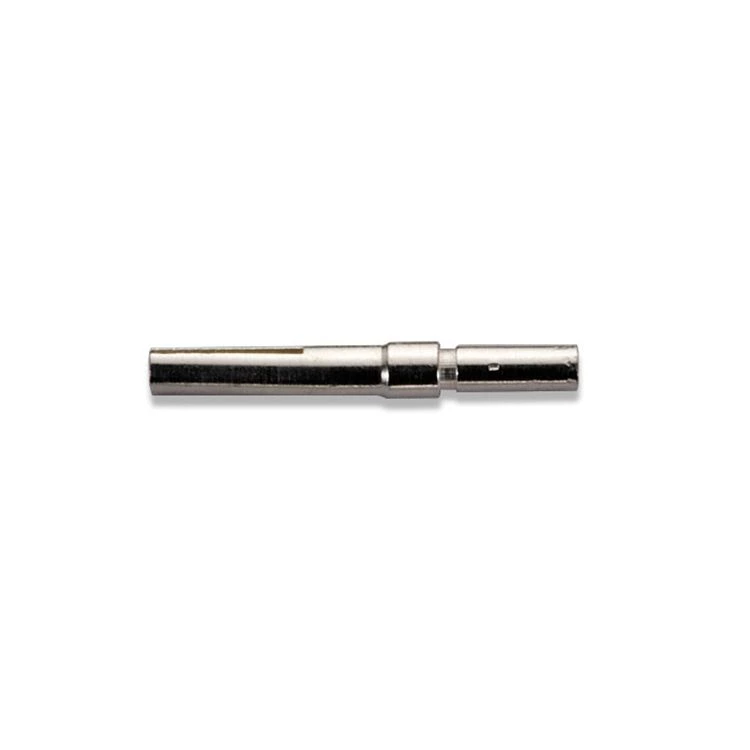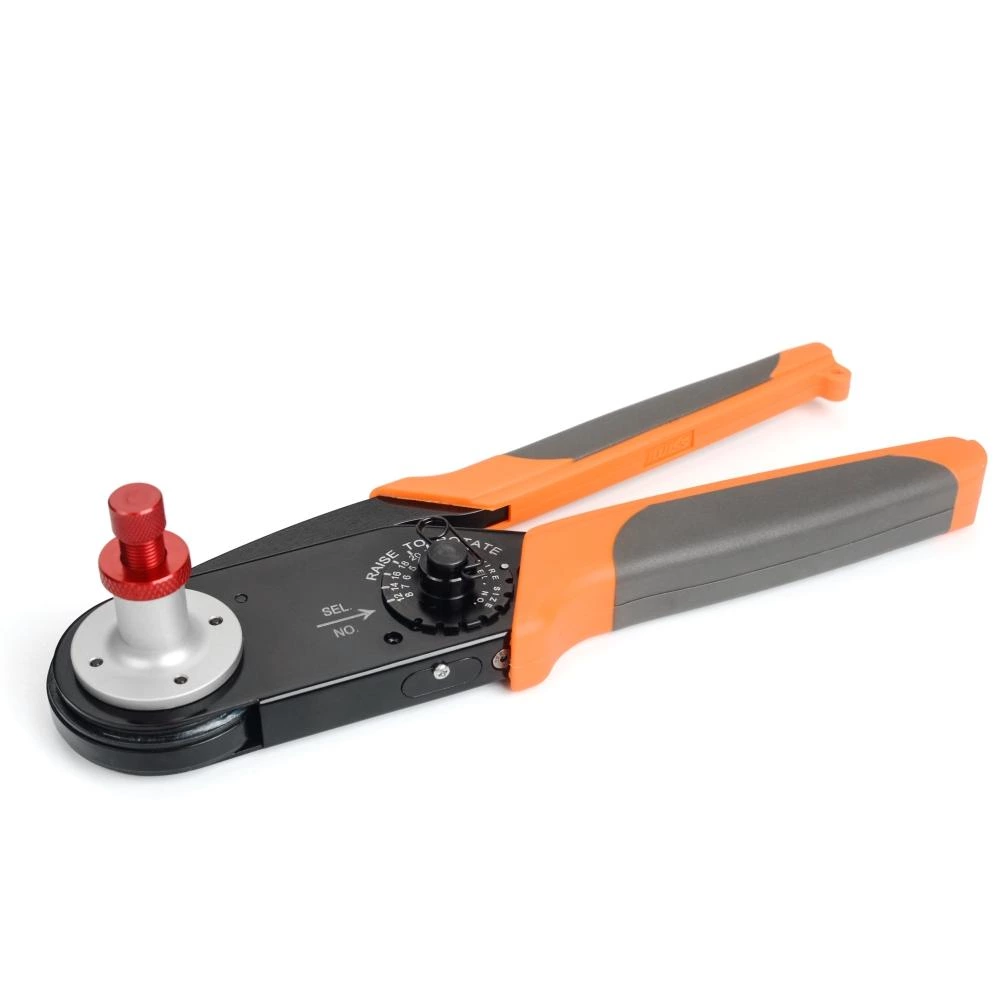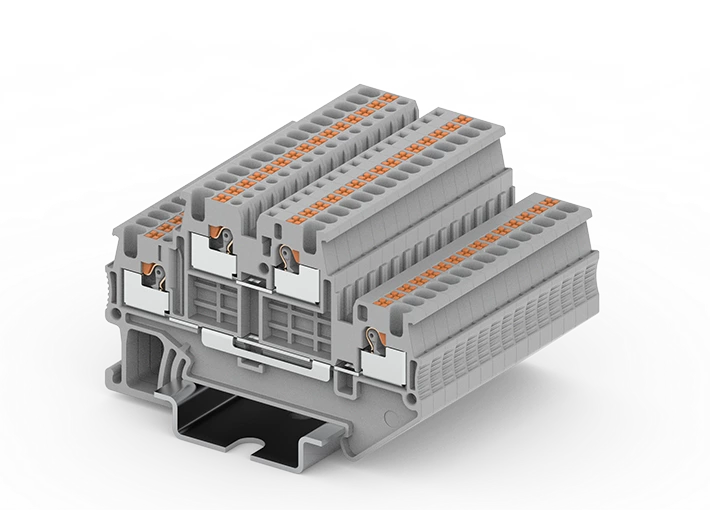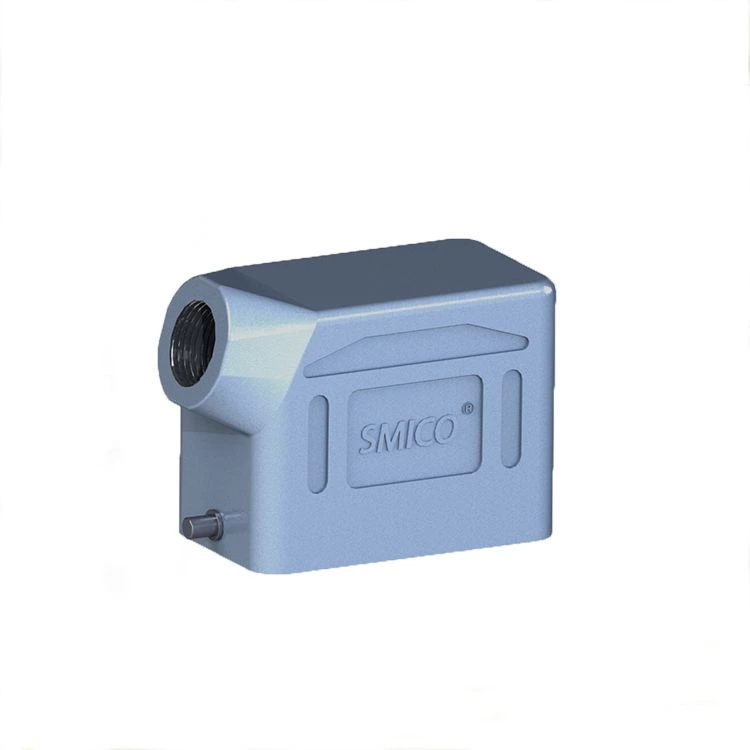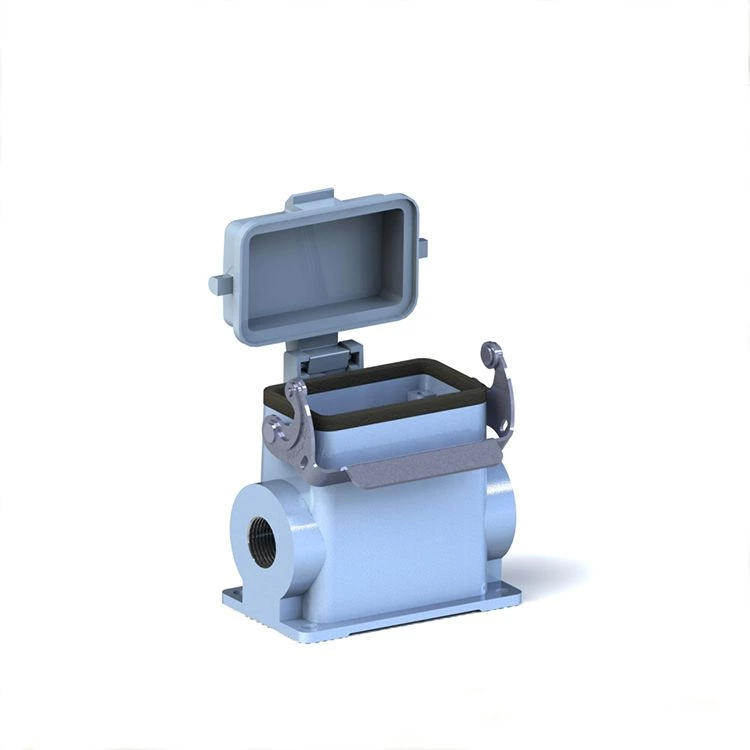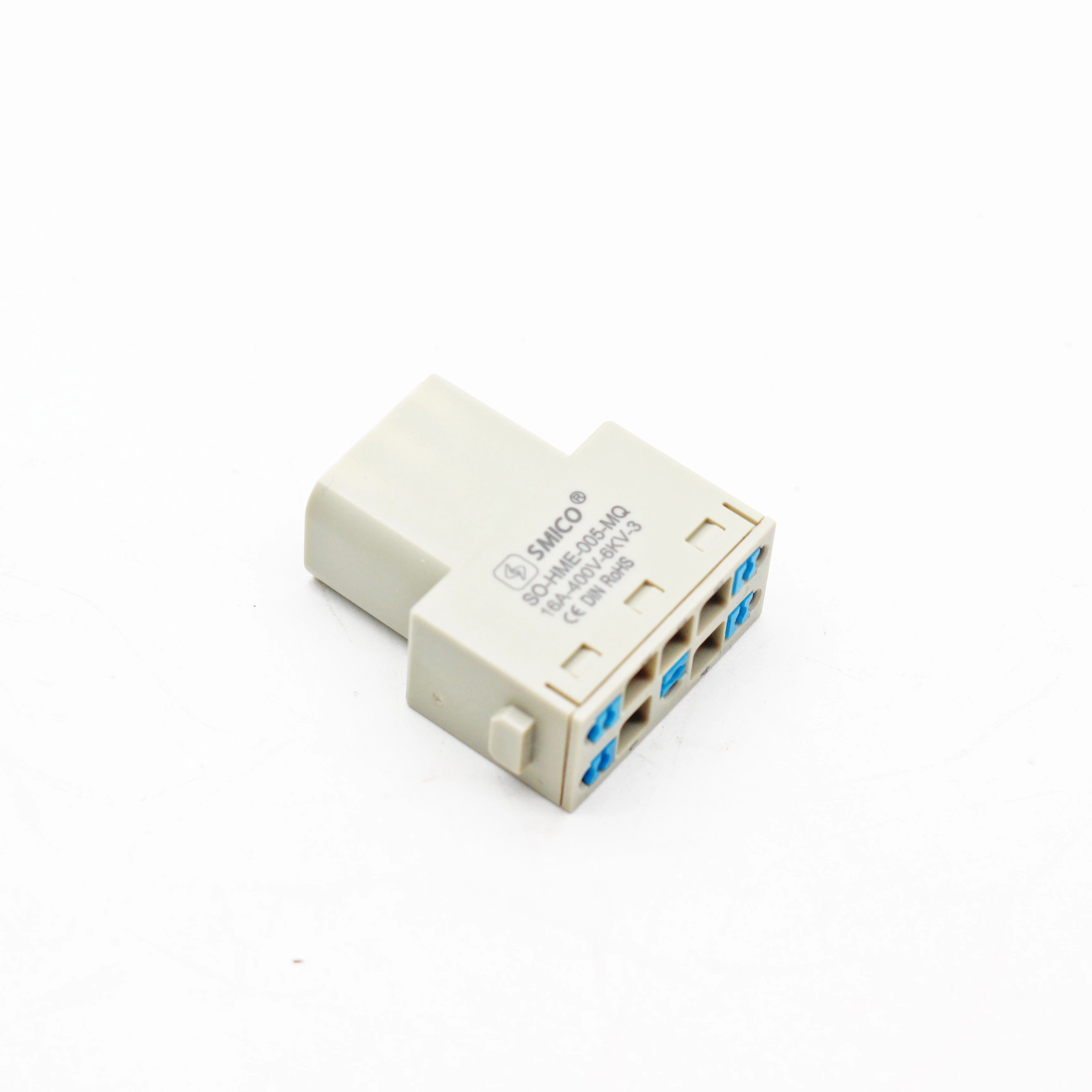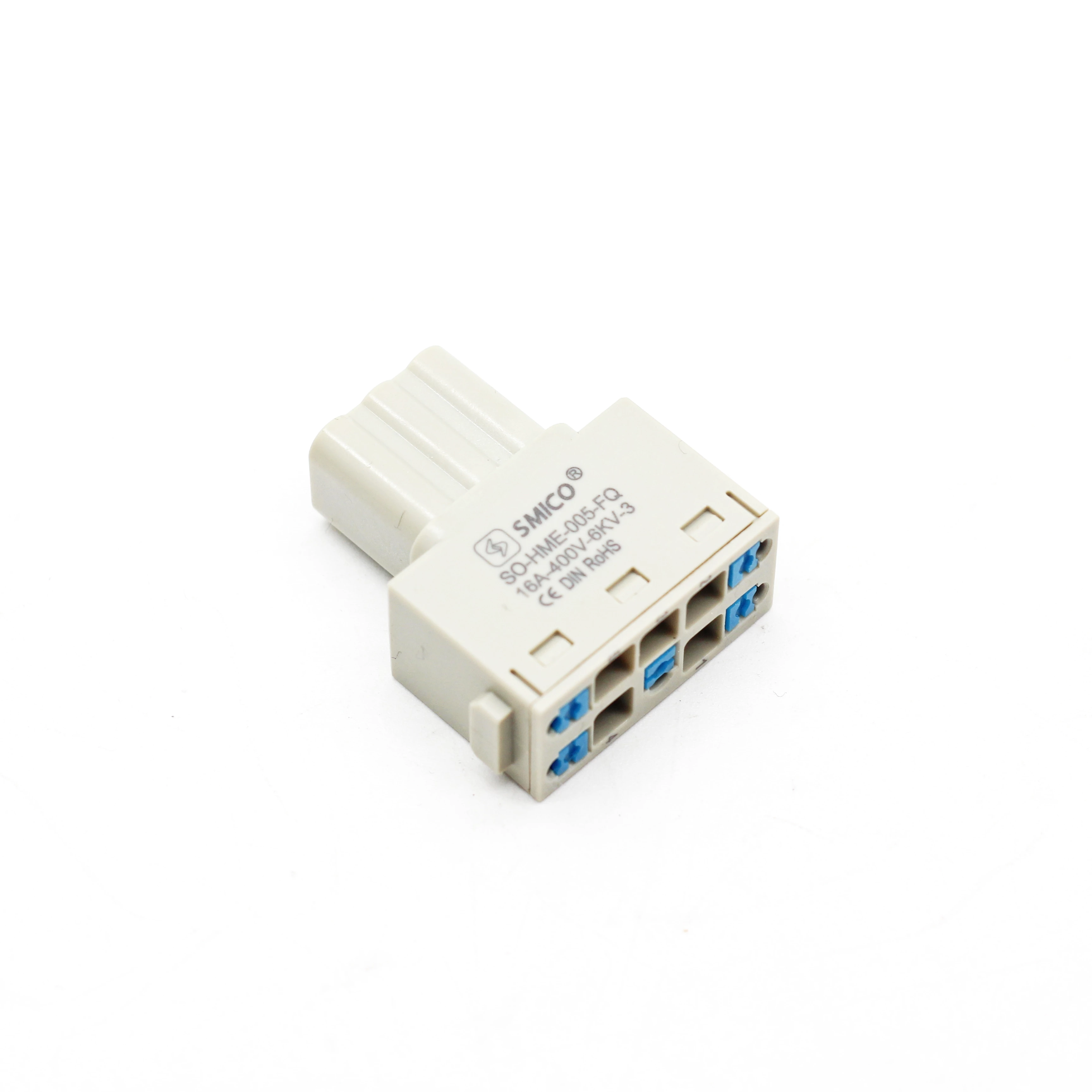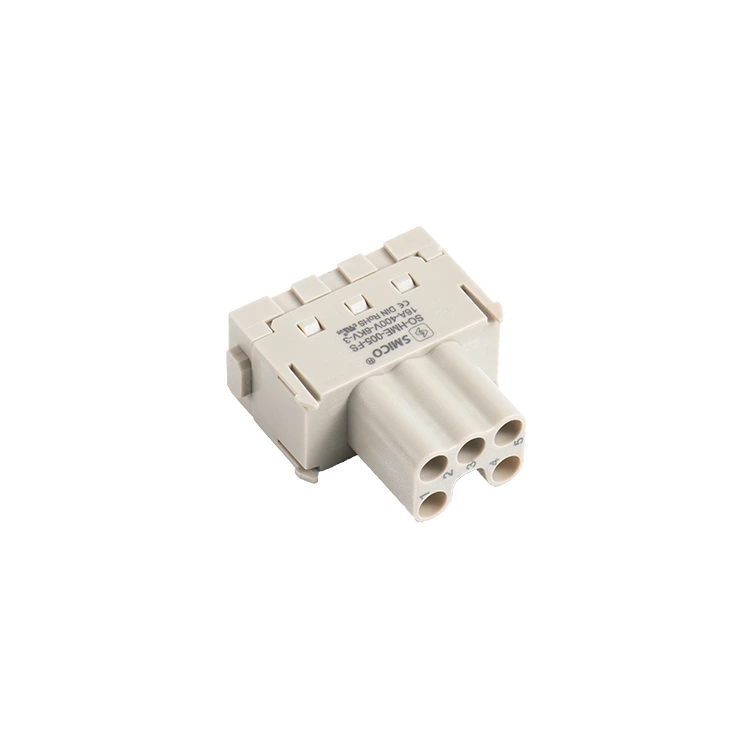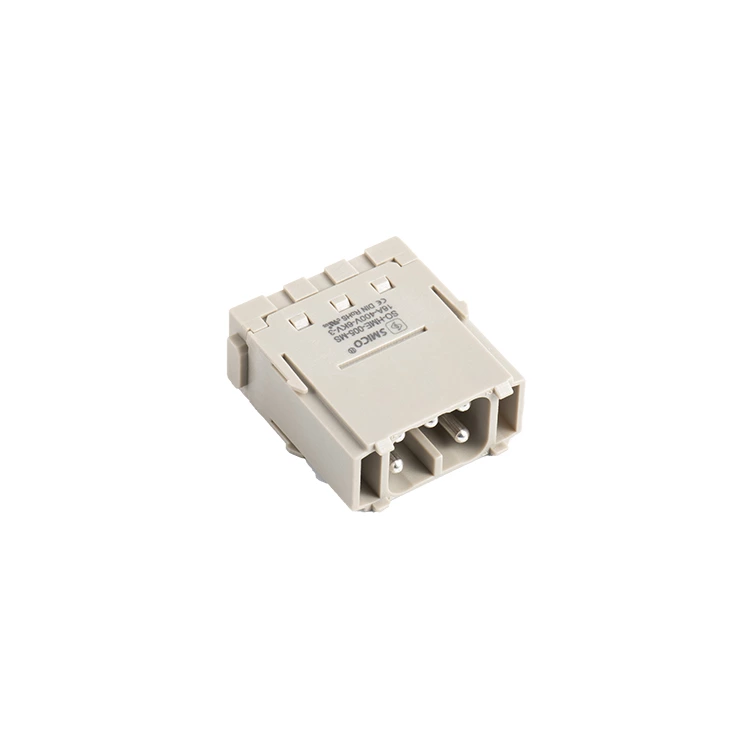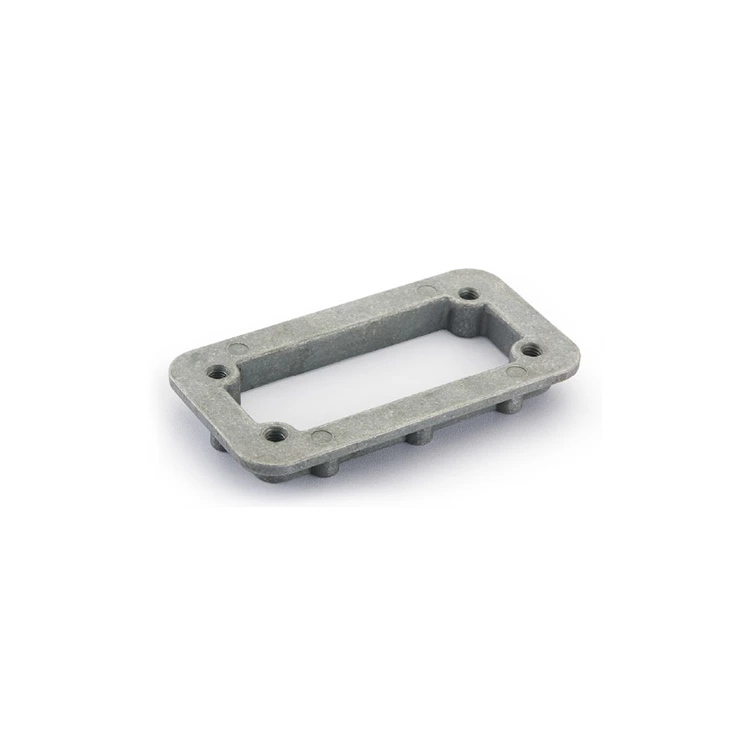Experiment On The Bonding Mechanism Of Metal Cold Pressure Welding
1.1 Determination of atomic diffusion behavior
Three technical key points must be solved in the determination to ensure the reliability and accuracy of the measured data. The first technical key is the separation technology of the joint interface. The most effective way to determine the atomic diffusion behavior at the joint interface is to separate the joint interface intactly so as to directly measure the entire interface. This paper applies solution processing technology and successfully obtains an overall separation interface that maintains the natural morphology according to the above requirements. The experiment proves that the corrosion rate of the retained metal interface using the solution prepared in this paper is very small, with an average rate of 7pm/min. During the treatment time, the total corrosion depth is no more than 0.1nm. The second technical key is to prove that immiscible metals are weldable, and it is necessary to achieve butt joint between metals with a hardness difference of nearly 8 times crimp contact. According to the deformation characteristics of metal during crimp contact pin butt joint, this paper adopts a method of using a thin metal wall with higher hardness to cover the butt joint metal with lower hardness to limit the deformation of the low hardness metal, so that the metal on both sides of the butt joint forms deformation flow to the surroundings at the same time under the action of pressure, and realizes the butt joint between Al-Pb, Zn-Pb and other metals on the LQ-25 type contact socket crimp crimp contact female, as shown in Figure 1. The third key technology is the elimination of contamination in the high-precision trace element determination. This paper designs a set of reasonable procedures to eliminate the possible contamination during the sample preparation process, ensuring the accuracy of the measured data. For comparison, the same analysis samples were prepared for the Al-Cu joints of hot-pressed welding (flash welding, energy storage welding and friction welding) at the same time, and the atomic diffusion was measured under the same conditions. Each group of samples was also compared with the welded parent metal. The neutron activation analysis test was carried out on the microreactor of the China Institute of Atomic Energy to determine whether there was another metal atomic component welded on the entire interface on one side. The stack is equipped with a computer system that can directly print out the absolute amount of the mass fraction of crimp contact male elements contained. The measurement results are shown in Table 2. The data show that the three joint interfaces with thermal effects have obvious atomic diffusion, and there is no diffusion of the welding metal atoms in all joint interfaces. Table 2 Neutron activation analysis results
Welding method Flash welding Energy storage welding Friction welding crimp socket contact
Al-Sn
Joint combination Al-Cu Al-Cu Al-Cu Al-Cu Al-Sn
Al-Cd Al-Cd Al-Pb
Sn
Analysis side
Al
Al
Al
Al
Al
Al
Al
Cd
Pb
Al
Determined elements
Cu
Cu
Cu
Cu
Sn
Cd
Al
Al
—
—
—
—
Sample × 10-6 1980 85.7 85.6
—0.38
—
—
—
—
Base material × 10-6 1053 —15.7
—0.58
Figure 2 SEM scanning results of Cu diffusion at the Al side interface of Al-Cu pressure welded joints by different methods
Table 3 Al-Cd female crimp contact Al side interface fixed point scanning to determine the count value of Cd
Measurement point sequence
1
2 3 4 5 6 7 8 9 10 11 12 13 14 15 16 17 18 19 20
No.
Count value 203
203 198 213 210 214 206 207 202 200 209 213 202 212 210 210 206 201 205 203
Measurement point sequence
21
22 23 24 25 26 27 28 29 30 31 32 33 34 35 36 37 38 39 40
No.
Count value 208
204 200 206 198 198 201 194 194 186 194 186 193 196 193 199 194 186 187 189
Background value 4.059-188
3.859-210
Note: Measurement conditions: RAP, 25 kV, 0.015 μA, 10s counting
Electron microscope scanning measurement (performed on a Japanese ASM-SX scanning electron microscope) is a continuous scan of the entire interface
and uniform point fixed point scanning analysis. Some test results are shown in Figure 2 and Table 3. Spectral analysis was also performed.
male crimp contact The measured values and analysis results are completely consistent with the neutron activation analysis results.
